Islands stand as nature’s living laboratories, showcasing some of Earth’s most fascinating examples of evolution and species diversity. Along Ontario’s coastlines and across its inland waters, these isolated protected areas harbor unique communities of plants and animals found nowhere else in the region. From the windswept pines of Georgian Bay’s rocky outcrops to the lush wetlands of the Thousand Islands, each ecosystem tells a remarkable story of adaptation and survival.
What makes island biodiversity particularly special is its vulnerability and resilience. Cut off from mainland populations, island species often develop distinctive traits – smaller or larger sizes, modified behaviors, or unique colorations – that help them thrive in their isolated homes. These natural treasures offer visitors a rare glimpse into evolution in action, where every hiking trail and shoreline reveals another chapter in nature’s ongoing experiment.
For nature enthusiasts and casual explorers alike, Ontario’s island ecosystems provide an accessible window into the delicate balance of life that makes these isolated havens so extraordinary. Whether you’re spotting rare birds, photographing endemic wildflowers, or simply soaking in the pristine wilderness, these island sanctuaries promise adventures that connect us directly with the wonders of natural selection.
Why Islands Are Nature’s Living Laboratories
Island Magic: The Isolation Effect
Picture an island as nature’s laboratory, where the surrounding waters create a perfect setting for evolutionary magic to unfold. When species find themselves isolated on islands, they begin a fascinating journey of adaptation that can span thousands of years.
Think of it like moving to a new neighborhood – you adjust to fit in. Island species do the same thing, but on a much grander scale. Without their usual mainland predators or competitors, plants and animals develop unique characteristics. Birds might lose their ability to fly (they don’t need to escape!), while plants could develop special features to cope with coastal winds.
Here in Ontario, we see this isolation effect on many of our Great Lakes islands. Some plants have evolved slightly different leaf shapes to handle the harsh lakeside conditions, while certain bird populations have developed distinct behaviors unique to their island homes.
What’s really exciting is that you can witness this evolutionary story firsthand. When you visit our islands, look closely at familiar species – you might spot subtle differences that showcase nature’s amazing ability to adapt and thrive in isolation.
Size Matters: Small Islands, Big Impact
When it comes to islands, size truly does matter – but perhaps not in the way you might expect! Think of islands as nature’s laboratories, each one a unique experiment in biodiversity. Larger islands typically support more species, following a principle known as the species-area relationship. It’s like having a bigger house – you can fit more furniture inside!
But here’s where it gets interesting: smaller islands often pack quite a punch in terms of unique species. These tiny ecological gems can harbor rare plants and animals found nowhere else on Earth. It’s nature’s version of a boutique hotel – small but exclusive!
The “sweet spot” for biodiversity often lies in medium-sized islands, which offer enough space for different habitats while maintaining the isolation that drives unique adaptations. They provide the perfect balance of space and seclusion, like having your own private nature reserve.
In Ontario’s waters, we see this pattern play out beautifully. From tiny rocky outcrops to larger islands, each contributes its own special chapter to our region’s biodiversity story. Some of our smallest islands are home to rare bird colonies or unique plant species that have adapted to their miniature worlds.
Ontario’s Island Biodiversity Hotspots
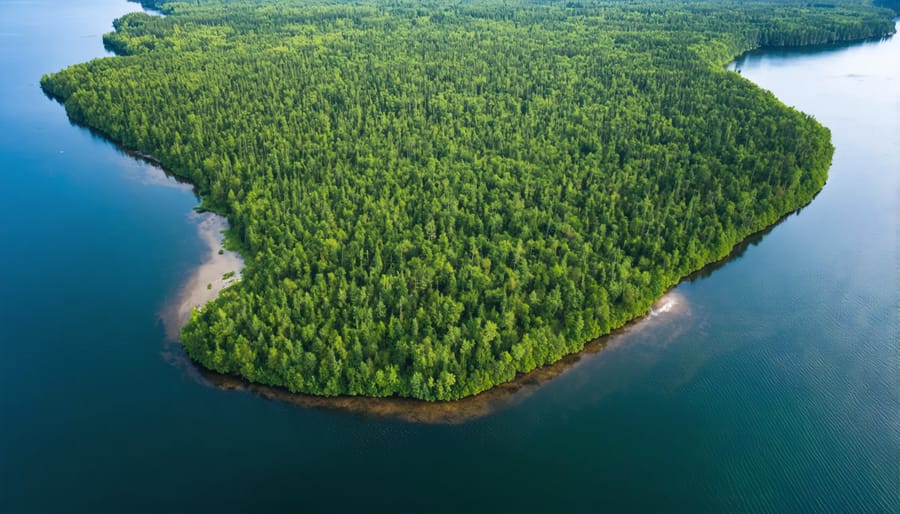
Manitoulin Island: A Living Museum
Nestled in the sparkling waters of Lake Huron, Manitoulin Island stands as a testament to Ontario’s commitment to natural heritage preservation. As North America’s largest freshwater island, it hosts an impressive array of ecosystems that make it a living laboratory of biodiversity.
The island’s unique geography creates distinct microclimates, supporting everything from dense hardwood forests to rare alvar ecosystems – limestone plains that host specialized plant species found nowhere else in the region. Along the shoreline, you’ll discover wetlands teeming with waterfowl and amphibians, while inland lakes provide sanctuary for native fish species.
What makes Manitoulin truly special is its mix of habitats. The island features over 100 inland lakes, creating a network of aquatic environments that support diverse wildlife. Keep your eyes peeled for white-tailed deer grazing in meadows, sandhill cranes soaring overhead, and if you’re lucky, the occasional glimpse of a black bear in the distance.
The island’s Indigenous communities have long recognized this ecological treasure, incorporating sustainable practices that have helped preserve its biodiversity. Today, visitors can explore numerous hiking trails and nature reserves while learning about traditional ecological knowledge that has helped maintain this delicate balance for generations.
Pro tip: Visit during spring migration to witness thousands of birds using the island as a crucial stopover point on their northern journey. The shoulder season also means fewer tourists and more chances to spot wildlife in their natural habitat.
The Thousand Islands Ecosystem
The Thousand Islands region, straddling the St. Lawrence River between Ontario and New York State, is a remarkable mosaic of biodiversity where over 1,800 islands create a unique ecosystem. This natural wonder supports an intricate web of life that has evolved to thrive in these distinct island environments.
Among the most fascinating residents are the map turtles, which you can often spot basking on sun-warmed rocks during summer months. The islands also provide crucial nesting grounds for numerous bird species, including the majestic osprey and great blue heron, which build their nests in the towering white pines that dot the islands.
The underwater world is equally captivating, with crystal-clear channels harboring diverse fish species like northern pike, smallmouth bass, and the prehistoric-looking muskellunge. The rocky shoals between islands create perfect spawning grounds for these aquatic inhabitants.
Native plant life thrives here too, with rare pitch pine communities clinging to granite outcrops and delicate wildflowers carpeting the forest floor in spring. Keep an eye out for the stunning cardinal flower’s bright red blooms along the shoreline from July to September.
Eco-friendly tip: When kayaking through the islands, maintain a respectful distance from wildlife and stick to designated routes to protect sensitive shoreline habitats. The best way to experience this ecosystem is through guided tours that emphasize conservation while sharing local knowledge about the region’s unique species.
Pelee Island’s Rare Residents
Pelee Island harbors an extraordinary collection of plants and animals that can’t be found anywhere else in Canada, making it a true biological treasure. Thanks to its southern location and unique microclimate, the island serves as home to species typically found much further south in the United States.
The Lake Erie Water Snake, found only on Pelee and a few neighboring islands, has adapted perfectly to island life. Watch for these harmless swimmers along the shoreline, especially on sunny days. The island also boasts the rare Blue Racer snake and the endangered Eastern Fox Snake, though spotting these elusive reptiles requires patience and a keen eye.
Plant enthusiasts will be thrilled to discover the wild hyacinth and prickly pear cactus – yes, actual cacti in Canada! The Kentucky Coffee Tree, with its distinctive large seed pods, stands as another southern species that found a northern haven here.
For butterfly watchers, Pelee Island offers unparalleled opportunities to spot rare species like the Monarch and Giant Swallowtail butterflies during summer months. The best viewing spots are near the native wildflower meadows and along the island’s nature trails.
Pro tip: Visit during May or September for the best wildlife viewing opportunities, when migratory birds join the island’s permanent residents. Remember to bring binoculars and a camera with a good zoom lens – you’ll want to capture these unique creatures while keeping a respectful distance.

Planning Your Island Nature Adventure
Best Times to Visit
Each season offers unique opportunities to experience island biodiversity in Ontario. Spring brings a spectacular array of migratory birds, with peak activity from late April through May. Watch for colorful warblers and waterfowl stopping at island shores during their northern journey.
Summer (June to August) is the prime time for most visitors, with warm temperatures perfect for hiking and wildlife viewing. You’ll find wildflowers in full bloom, active butterfly populations, and the best chances to spot turtles basking on logs. Early mornings and dusk are ideal for photographing wildlife when animals are most active.
Fall creates a stunning backdrop of red, orange, and yellow foliage, typically peaking in late September to mid-October. This season is excellent for bird watching as species migrate south, and the cooler temperatures make hiking more comfortable.
Winter offers a different perspective on island ecosystems. While access may be limited, some islands become accessible by ice bridges, revealing tracks of winter wildlife and providing opportunities to spot resident birds like snowy owls and winter finches.
Pro tip: Visit during weekdays or shoulder seasons (May and September) to avoid crowds and have a more intimate experience with nature.
Responsible Wildlife Watching
When observing island wildlife, remember that we’re guests in their home. Keep a respectful distance from all animals and never feed them – this includes everything from tiny chipmunks to majestic herons. Bring binoculars instead of trying to get closer, and stick to marked trails to avoid disturbing nesting areas or fragile habitats.
For the best wildlife viewing experiences, plan your visits during early morning or late afternoon when animals are most active. Stay quiet and still – you’ll be amazed at what you might see when nature doesn’t know you’re there! Consider joining one of our guided eco-friendly adventures to learn from experienced naturalists who know the best spots and practices.
Remember to pack out what you pack in, and keep your camera ready but flash off. If you spot rare or sensitive species, avoid sharing their exact location on social media – this helps protect them from too much human attention. By following these simple guidelines, we can ensure these incredible island ecosystems remain healthy for generations to come.
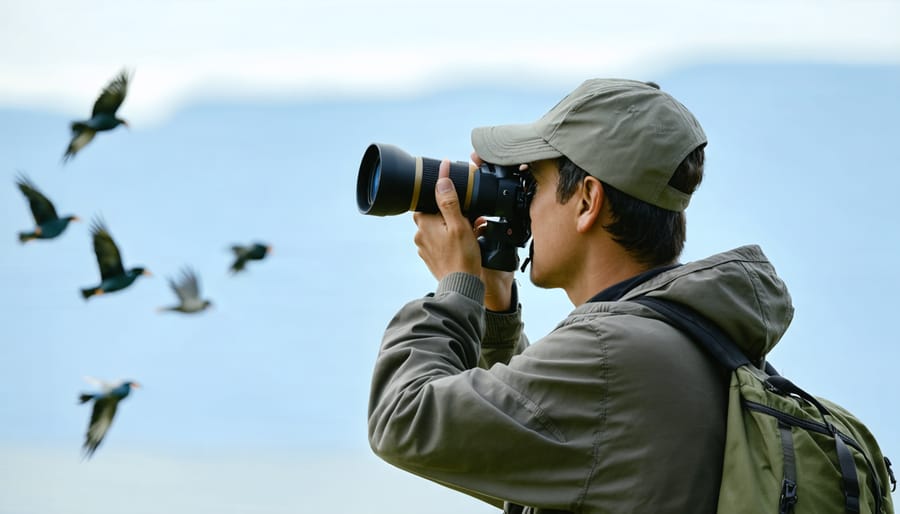
Getting There: Transportation Tips
Accessing Ontario’s biodiverse islands requires some planning, but the journey is part of the adventure! Many islands are accessible by regular ferry services, which operate year-round to major destinations like Manitoulin Island and the Thousand Islands. For the best experience, book your ferry tickets in advance, especially during peak summer months.
If you’re heading to more remote locations, including indigenous heritage sites, consider hiring a local water taxi or joining guided boat tours. These services often provide valuable commentary about the islands’ unique ecosystems and history.
For eco-conscious travelers, several tour operators offer solar-powered boat excursions and kayak rentals. These quiet, sustainable options allow you to observe wildlife without disturbing their natural habitats. Pro tip: Many islands have limited or no vehicles, so pack light and wear comfortable walking shoes.
Before departing, check weather conditions and seasonal schedules. Some smaller islands are only accessible during specific months, while others require special permits or advance arrangements with conservation authorities. Most visitor centers provide updated transportation information and can help coordinate your island-hopping adventure.
Consider joining organized tours that combine transportation with guided nature walks – they’re an excellent way to maximize your time and learn about the islands’ unique biodiversity from expert naturalists.
Essential Gear and Preparations
When exploring Ontario’s island ecosystems, proper preparation is key to both your enjoyment and environmental preservation. Start with a sturdy backpack containing essential observation tools: a pair of quality binoculars for wildlife watching, a waterproof camera to document species, and a field guide specific to Ontario’s flora and fauna. Don’t forget a reusable water bottle and eco-friendly sunscreen to protect both yourself and the delicate island environments.
Weather-appropriate clothing is crucial – pack lightweight, moisture-wicking layers and a waterproof jacket, as island conditions can change quickly. Sturdy hiking boots with good ankle support are essential for navigating varied terrain, and water shoes can be handy for shoreline exploration.
For serious naturalists, consider bringing a small notebook for species documentation, and download relevant wildlife identification apps before your trip (many islands have limited cell service). A basic first-aid kit, insect repellent, and trail snacks are must-haves.
Insider tip: Pack everything in reusable containers and bring a small garbage bag – many islands operate on a “pack in, pack out” basis. Consider bringing a lightweight tarp for sudden rain showers, and don’t forget your GPS device or compass – island trails can be tricky to navigate.
Remember to check local regulations and obtain any necessary permits before your visit. Some islands require advance booking or have specific guidelines about visiting during sensitive breeding seasons.
Islands are truly remarkable sanctuaries of biodiversity, and it’s up to us to ensure these precious ecosystems continue to thrive for generations to come. As we’ve explored throughout this article, these isolated havens support unique species and delicate environmental relationships that simply can’t be found anywhere else.
When visiting Ontario’s incredible island destinations, remember that you’re not just a tourist – you’re a steward of these special places. Small actions make a big difference: stick to marked trails, pack out what you pack in, and keep a respectful distance from wildlife. Consider joining local conservation efforts or supporting island communities that prioritize sustainable tourism practices.
The good news is that responsible tourism can actually help protect these ecosystems. Your visit contributes to local economies, raising awareness about conservation needs and providing resources for environmental protection. Many islands now offer eco-friendly accommodations and guided nature experiences that help visitors connect with these special places while minimizing their impact.
Looking ahead, the future of island biodiversity depends on finding the right balance between human enjoyment and environmental preservation. By choosing to be mindful visitors, we can help ensure these island paradises continue to enchant and educate future generations while protecting their unique inhabitants. After all, there’s something magical about stepping onto an island – let’s work together to keep that magic alive.

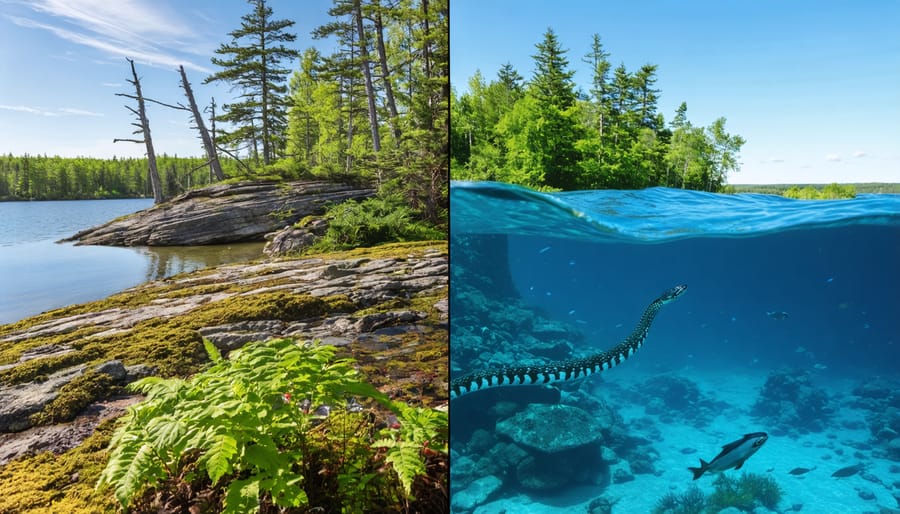
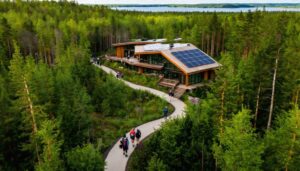



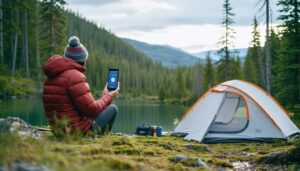
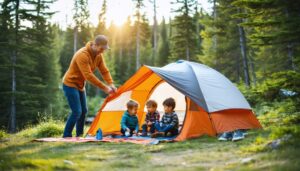

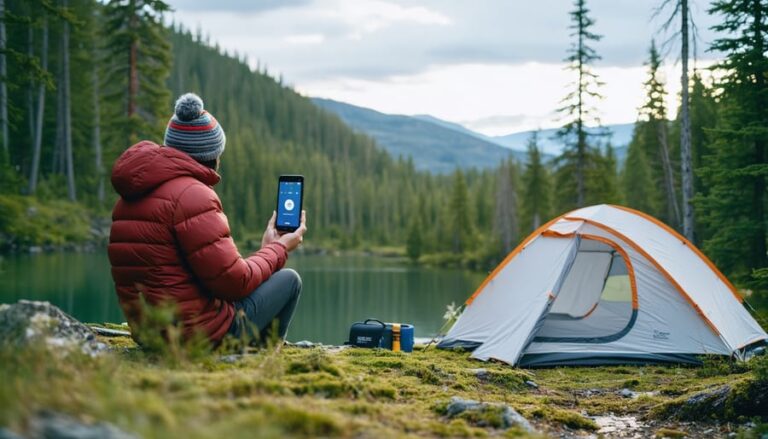


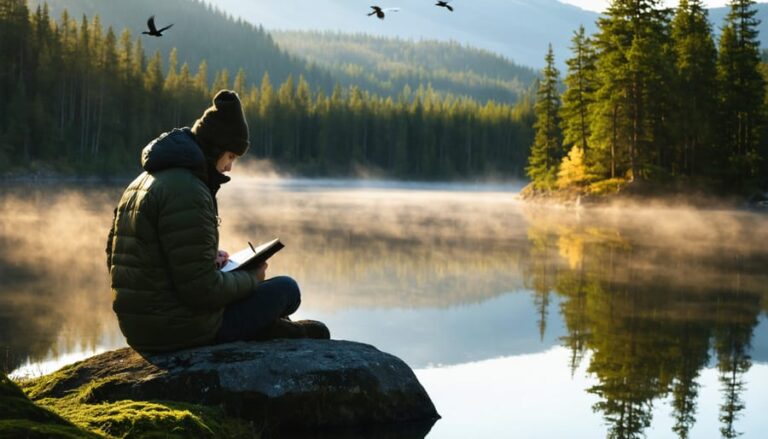

+ There are no comments
Add yours